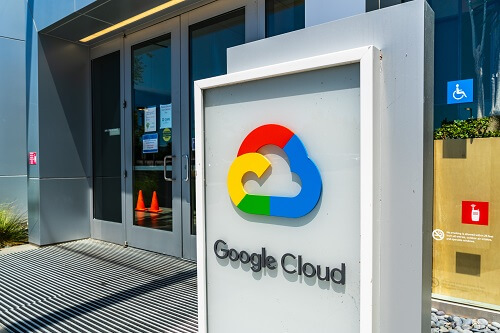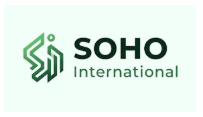Decoding Google’s Layer-1 blockchain: what it means and what we know


- GCUL enters private testnet, aiming for 2026 commercial rollout.
- Python-based smart contracts enhance developer accessibility.
- Google-CME partnership tests 24/7 settlement for payments and collateral.
Google Cloud has officially stepped into the blockchain infrastructure space with its Layer-1 platform, Google Cloud Universal Ledger (GCUL), which entered a private testnet phase in late August 2025.
The move positions Google as an emerging competitor in the institutional blockchain market, offering neutral, high-performance distributed ledger technology designed for financial institutions and payment providers.
GCUL supports Python-based smart contracts, making it more accessible for developers and enabling sophisticated on-chain programmable logic.
What it means for financial services and blockchain adoption
Google’s GCUL is designed to serve as a neutral infrastructure layer, tackling a key challenge in existing blockchain ecosystems, where financial firms often hesitate to build on networks controlled by competitors.
For instance, stablecoin issuers like Tether typically avoid blockchains developed by rivals such as Circle, while payment providers like Adyen have been cautious about adopting Stripe’s blockchain solutions.
By maintaining neutrality, GCUL could drive broader institutional adoption, allowing any financial institution to develop blockchain applications without competitive conflicts.
The Google-CME Group partnership, announced publicly in March 2025, underpins GCUL’s early development and testing.
CME Group has completed initial integration and testing, focusing on using the blockchain to enable 24/7 settlement of collateral, margins, and fees, with the potential to reduce costs and improve liquidity.
Full testing with market participants and the commercial rollout of services are expected in 2026.
Google’s blockchain addresses the surging demand for stablecoin transactions and faster payment solutions.
According to a study cited by Google, stablecoin volumes tripled in 2024, reaching $5 trillion in organic transactions, while total volumes climbed to $30 trillion globally.
The report highlighted that fragmented payment systems continue to drive high costs and inefficiencies in cross-border trade, with potential global GDP losses projected at $2.8 trillion by 2030.
GCUL aims to tackle these challenges by providing a transparent, low-latency transaction infrastructure.
What we know about GCUL’s technology and market position
Technically, GCUL features Python-based smart contracts, supporting flexible and widely adopted programming standards.
The platform is built not only to streamline payments but also to function as an infrastructure hub for capital markets, enabling native commercial bank money on-chain and supporting agentic payment capabilities.
Google plans to expand GCUL across its broader cloud ecosystem, granting access to a wide network of institutional partners and developers.
Compared with other emerging Layer-1 blockchain projects, such as Stripe’s Tempo and Circle’s Arc, Google emphasizes GCUL’s role as a neutral player in financial infrastructure.
While Stripe’s blockchain prioritizes payment app performance and Ethereum compatibility, and Circle’s platform focuses on stablecoin transactions, foreign exchange, and capital markets applications, GCUL is designed as a more open, less vertically integrated Layer-1 solution, enabling interoperability across competing institutions.
Source link






